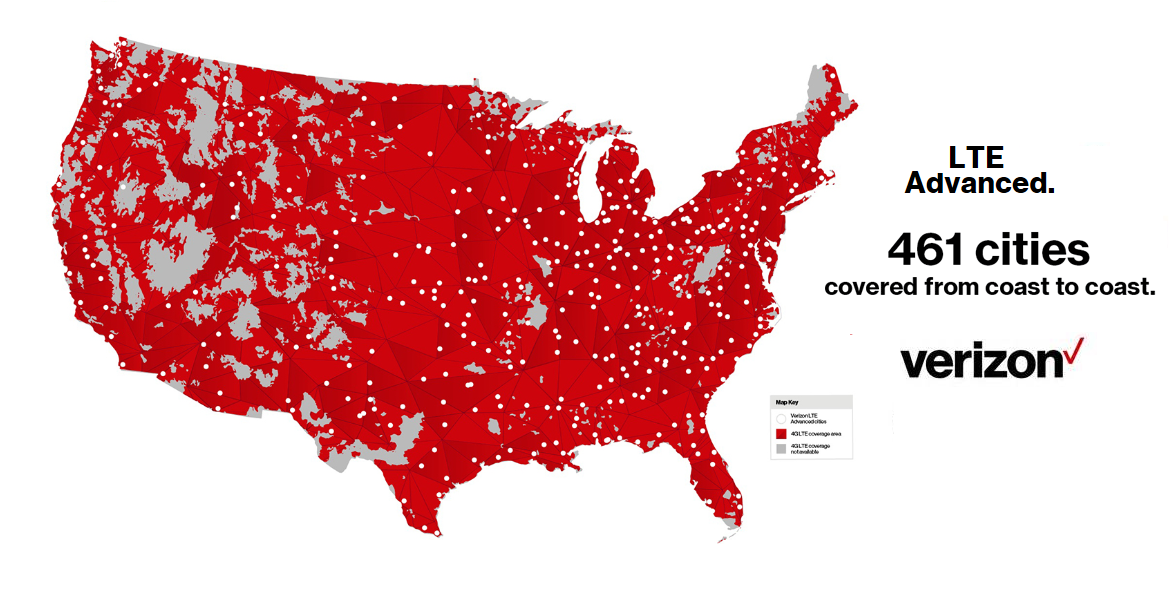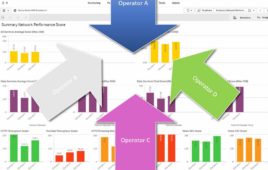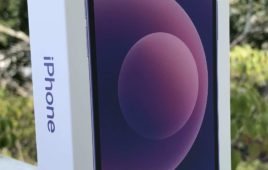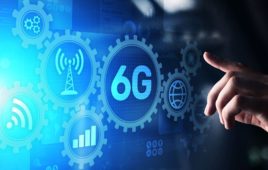
Credit: Verizon
Verizon on Monday launched LTE Advanced in 461 cities across the country, promising 50 percent faster peak wireless speeds to more than 288 million people in the covered areas.
The carrier said the upgrade comes courtesy of two- and three-channel carrier aggregation across its 700 MHz, AWS and PCS spectrum. The result, Verizon said, is peak download speeds of 225 mbps with two-channel carrier aggregation and more than 300 mbps with three-channel carrier aggregation – both of which represent exponential increases over the carrier’s typical download speeds of 5 mbps to 12 mbps.
“Verizon LTE Advanced works like a turbocharger on an engine,” said Tami Erwin, head of operations for Verizon’s wireless unit. “Speed boosts kick in when you need it most, with big data use. That’s when you get the big peak boost of Verizon LTE Advanced.”
Verizon said the upgrade will go into effect immediately for users with compatible devices at no extra cost and with no configuration necessary.
The carrier said there are currently 39 LTE Advanced-capable smartphones and tablets on its network, including the Samsung Galaxy S6 and S7, Moto Droids and Apple’s iPhones. Forthcoming devices will come with LTE Advanced capabilities right out of the box, Verizon said.
Verizon is far from the first to the LTE Advanced party.
AT&T first started rolling out LTE Advanced to a handful of markets in early 2014 and T-Mobile began toying with LTE Advanced technologies the same year.
In early 2015, Sprint said it would start its LTE Advanced Roll out in Chicago. In recent months, Sprint has been quite vocal about its three-channel carrier aggregation tests and has noted two-channel carrier aggregation is already live in 237 “LTE Plus” markets.
But Verizon’s Chief Network Officer Nicola Palmer said there’s a difference between Verizon’s LTE Advanced roll out and those of competitors: scale.
“With LTE Advanced we’re the first to bring the next generation of wireless technology at scale,” Palmer said. “We’re not dabbling in this, we’re not picking cities or markets, we’re doing this for over 90 percent of the population on Day 1.”




